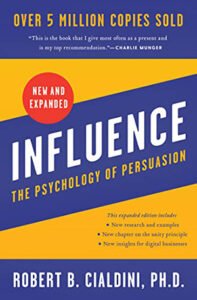|

|
Influence:
As a general rule, when the dust settles and we find losers looking and speaking like winters (and vice versa), we should be especially wary of the conditions that kicked up the dust…
|
281 |
|
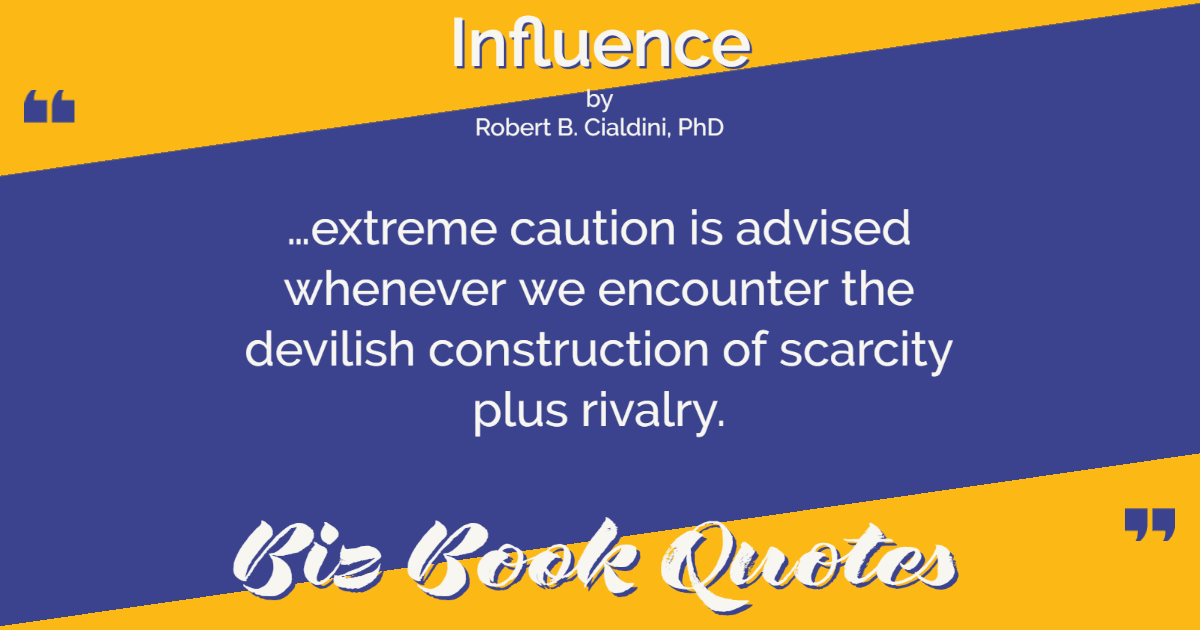
|
Influence:
…extreme caution is advised whenever we encounter the devilish construction of scarcity plus rivalry.
|
281 |
|
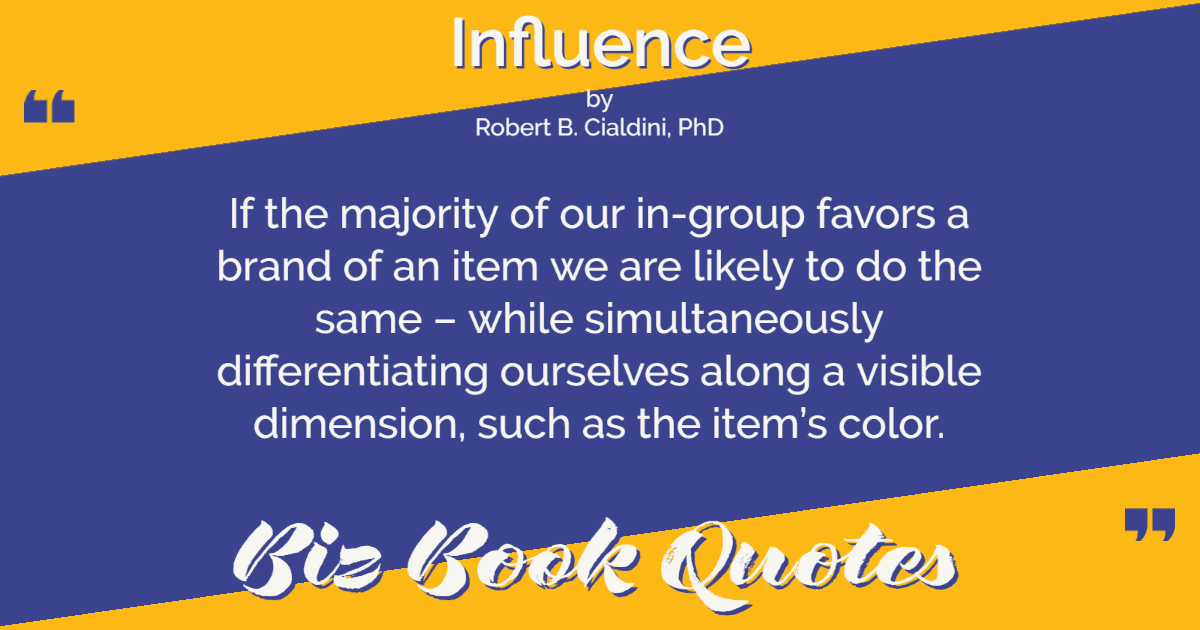
|
Influence:
If the majority of our in-group favors a brand of an item we are likely to do the same – while simultaneously differentiating ourselves along a visible dimension, such as the item’s color.
|
282 |
|
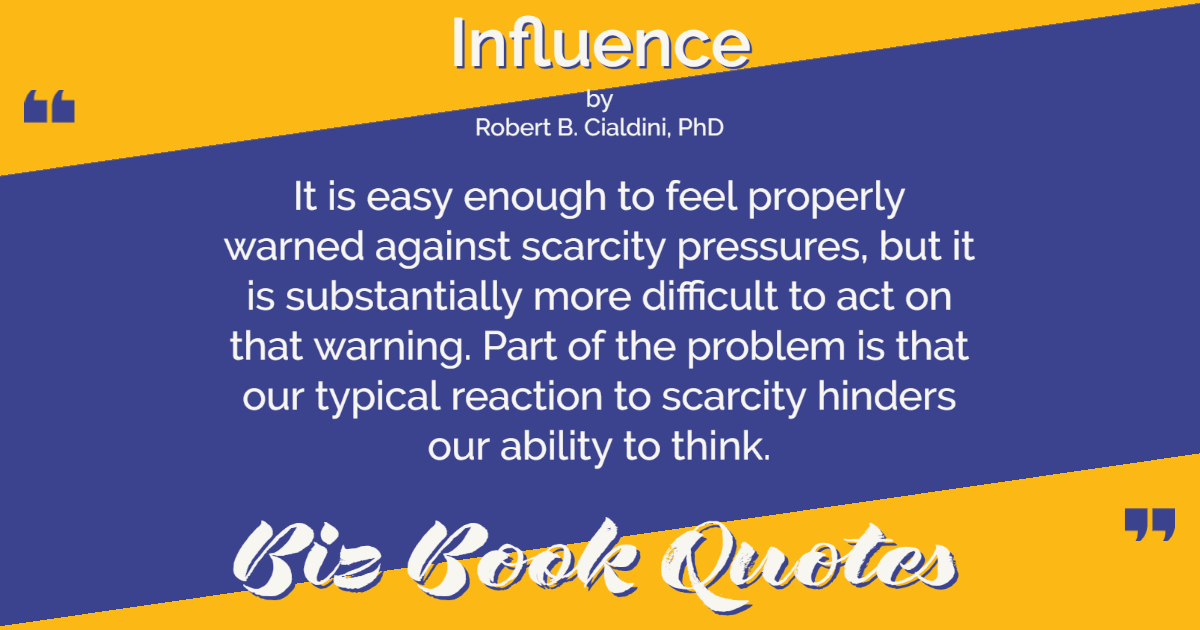
|
Influence:
It is easy enough to feel properly warned against scarcity pressures, but it is substantially more difficult to act on that warning. Part of the problem is that our typical reaction to scarcity hinders our ability to think.
|
283 |
|

|
Influence:
By learning to flag the experience of heightening arousal in a compliance situation, we can alert ourselves to the possibility of scarcity tactics there and to the need for caution.
|
284 |
|
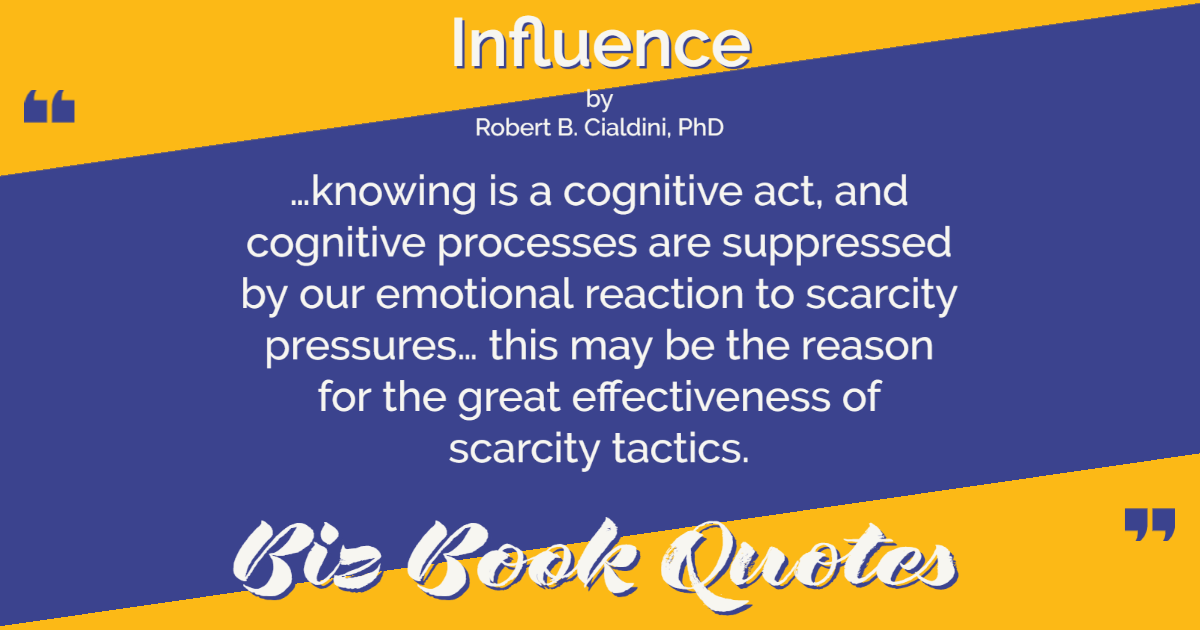
|
Influence:
…knowing is a cognitive act, and cognitive processes are suppressed by our emotional reaction to scarcity pressures… this may be the reason for the great effectiveness of scarcity tactics.
|
284 |
|
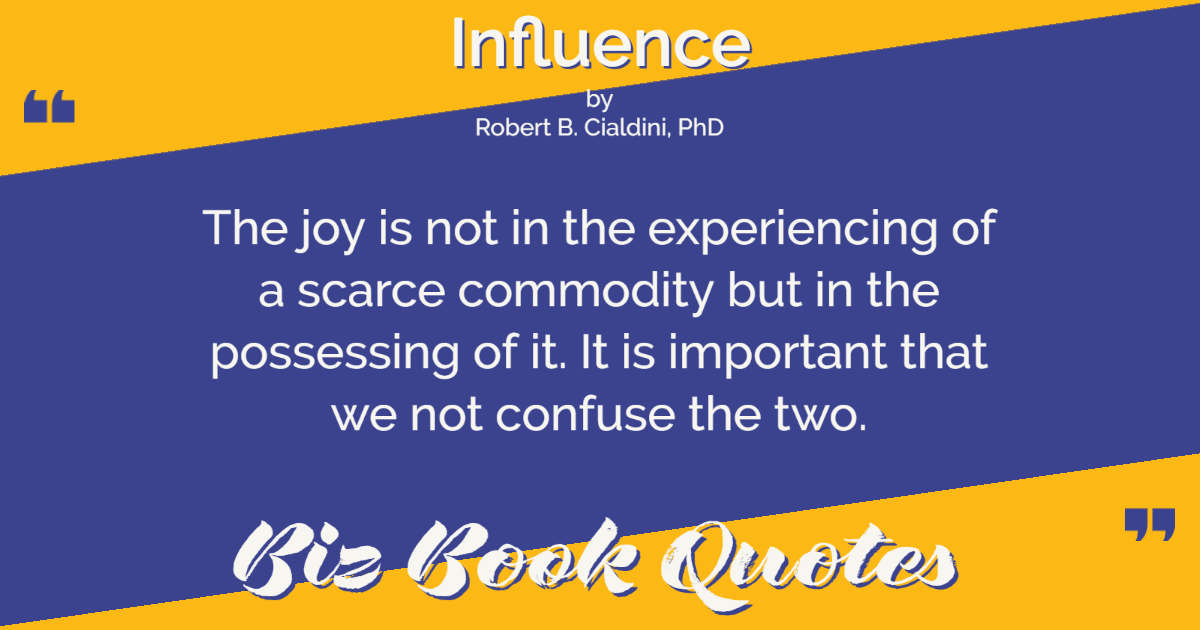
|
Influence:
The joy is not in the experiencing of a scarce commodity but in the possessing of it. It is important that we not confuse the two.
|
285 |
|

|
Influence:
…it is vital to remember that scarce things do not taste or feel or sound or ride or work any better because of their limited availability.
|
285 |
|

|
Influence:
Once we make a choice or take a stand, we encounter personal and interpersonal pressures to think and behave consistently with that commitment.
|
294 |
|

|
Influence:
The drive to be (and look) consistent constitutes a potent driving force, often causing us to act in ways contrary to our own best interest.
|
294 |
